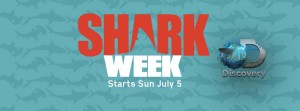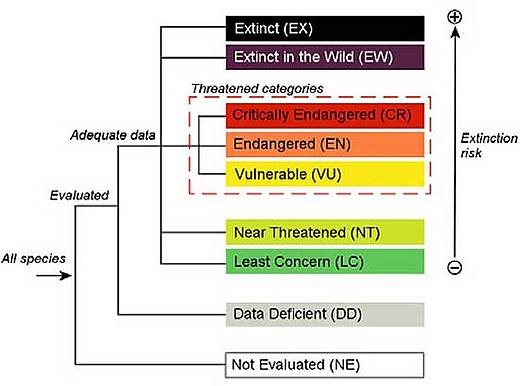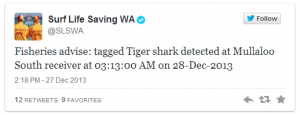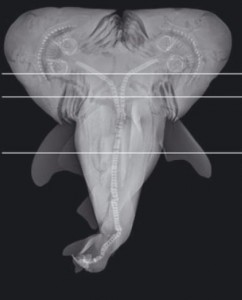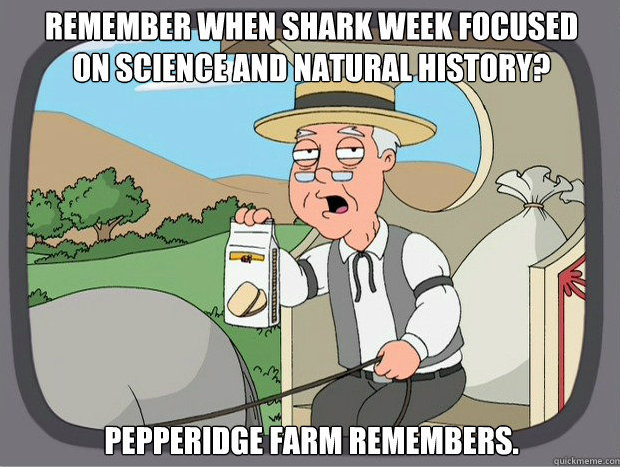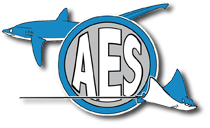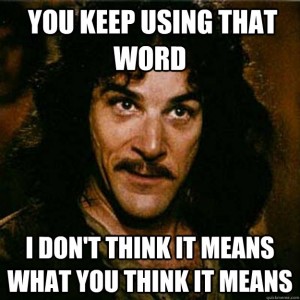
President, Shark Advocates International
Sonja Fordham founded Shark Advocates International as a project of The Ocean Foundation in 2010 based on her two decades of shark conservation experience at Ocean Conservancy. She is Deputy Chair of the IUCN Shark Specialist Group and Conservation Committee Chair for the American Elasmobranch Society, has co-authored numerous publications on shark fisheries management, and serves on most of the U.S. federal and state government advisory panels relevant to sharks and rays. Her awards include the U.S. Department of Commerce Environmental Hero Award, the Peter Benchley Shark Conservation Award, and the IUCN Harry Messel Award for Conservation Leadership.
 A new study confirming the mysterious deepsea Greenland Shark as the world’s longest lived vertebrate has made huge news in the last few days – from Science News and BBC to People magazine and the Wall Street Journal. While some scientists are questioning whether these sharks live quite as long as estimated (392 years ± 120), most agree they could well live for a century or two and – as a result — are particularly vulnerable to overfishing. Experts also warn that risks to Greenland sharks may be increasing as melting sea ice changes Arctic ecosystems and makes fishing in the region more feasible. Study authors are among those urging a precautionary approach to the species’ conservation. In other words, an incomplete picture of status and threats should not be used as an excuse for inaction. So what might be threatening Greenland sharks today, and which upcoming policy opportunities might warrant consideration, given worldwide interest in these jaw-dropping findings? To come up with some ideas, I first took a look back.
A new study confirming the mysterious deepsea Greenland Shark as the world’s longest lived vertebrate has made huge news in the last few days – from Science News and BBC to People magazine and the Wall Street Journal. While some scientists are questioning whether these sharks live quite as long as estimated (392 years ± 120), most agree they could well live for a century or two and – as a result — are particularly vulnerable to overfishing. Experts also warn that risks to Greenland sharks may be increasing as melting sea ice changes Arctic ecosystems and makes fishing in the region more feasible. Study authors are among those urging a precautionary approach to the species’ conservation. In other words, an incomplete picture of status and threats should not be used as an excuse for inaction. So what might be threatening Greenland sharks today, and which upcoming policy opportunities might warrant consideration, given worldwide interest in these jaw-dropping findings? To come up with some ideas, I first took a look back.
Read More “What can be done to protect the incredibly long-lived Greenland shark?” »
